Dhaka, August 22 – India's High Commissioner to Bangladesh, Prannoy Verma, met with the Chief Adviser of the interim government, Muhammad Yunus, on Thursday afternoon to discuss recent concerns surrounding the flooding in Bangladesh, allegedly caused by the release of water from the Dumbur Dam in Tripura. The meeting took place at the Chief Adviser’s office, 'Jamuna.'
After the meeting, the Chief Adviser's Press Secretary, Shafiqul Alam, briefed the press, stating that the Indian High Commissioner explained to the Chief Adviser that the water release from the dam was automatic, triggered by the excessive rainfall in Tripura which caused the water level to rise above the dam's height. Verma emphasized that the floods in Tripura were unexpected and have created challenges for both India and Bangladesh.
The Press Secretary also conveyed that the meeting between Prannoy Verma and the Chief Adviser was very cordial. Verma reassured the Chief Adviser of India’s commitment to working closely with the current government of Bangladesh.
Additionally, Verma expressed concerns over the security of Indian installations in Bangladesh due to provocative social media posts. He noted that the Bangladeshi government has heightened security around these installations in response.
Earlier in the day, at a press briefing outside the National Guest House Yamuna, Syeda Rizwana Hasan, Adviser on Environment, Forests, Climate Change, and Water, stated that the Indian High Commissioner was expected to discuss the lack of advance warning about the dam's water release and to explore future measures to prevent such incidents. Rizwana Hasan questioned whether any warnings had been issued and emphasized the need for better cross-border communication during such natural calamities.
Nahid Islam, the Information Adviser of the interim government, also commented during the briefing, expressing frustration that the dam was opened without prior notice, exacerbating the flood situation in Bangladesh. He accused India of displaying a lack of cooperation and humanity in dealing with the situation.
In response to these allegations, India’s Ministry of External Affairs issued a statement on Thursday, refuting the claims that the release of water from the Dumbur Dam was the primary cause of the flooding in Bangladesh. The statement pointed out that both India and Bangladesh had experienced their highest rainfall of the year, and the flooding was primarily due to the downstream water accumulation.
The Ministry also clarified that the Dumbur Dam is located approximately 120 kilometers upstream from the Bangladesh border and is part of a power plant that supplies 40 MW of electricity to Bangladesh. The statement reiterated that the heavy rainfall since August 21 has led to the natural overflow of water, resulting in the current situation.




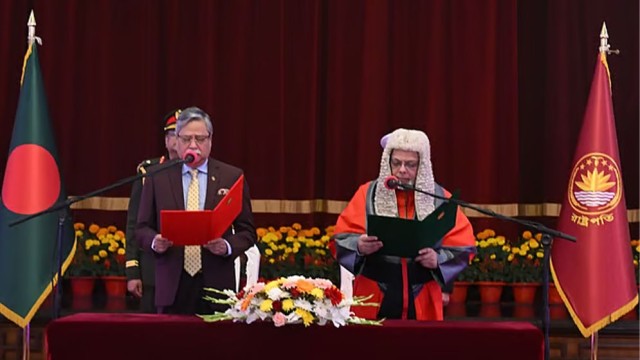
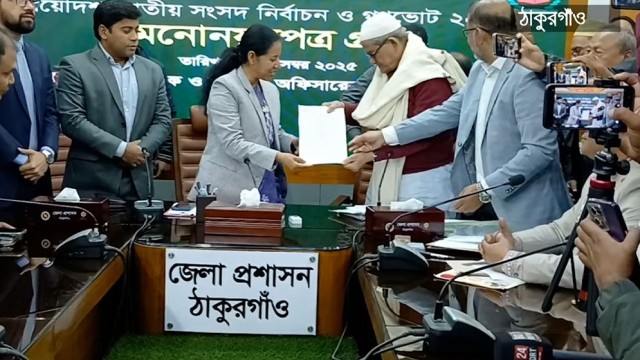
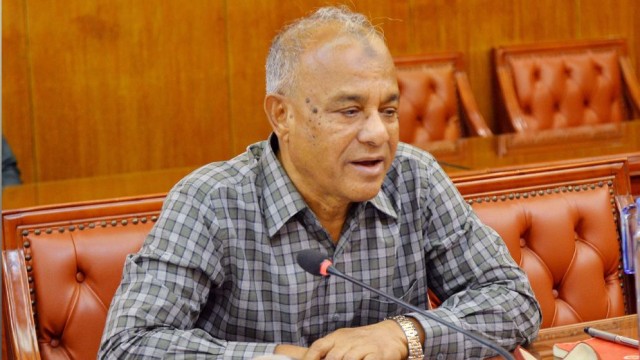


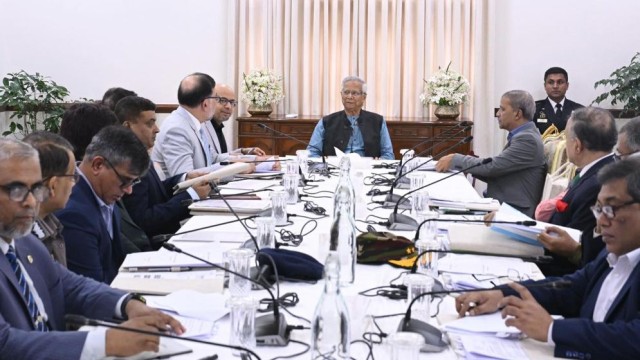
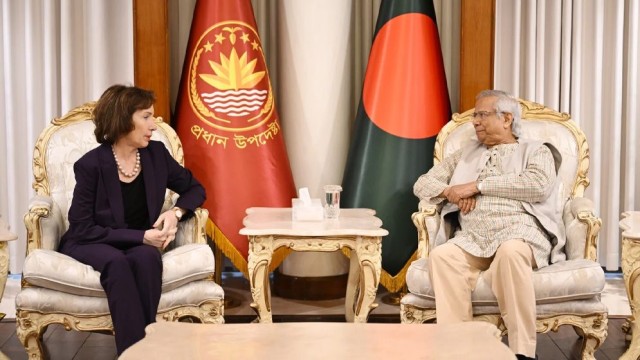




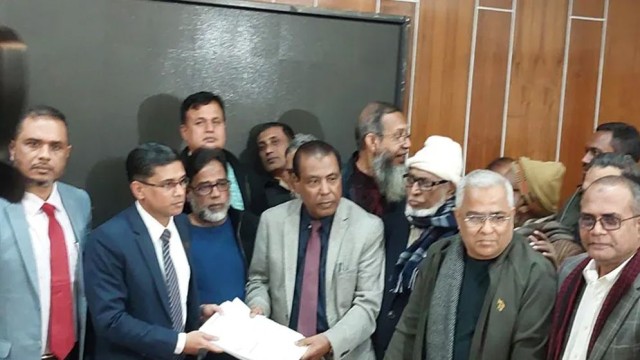









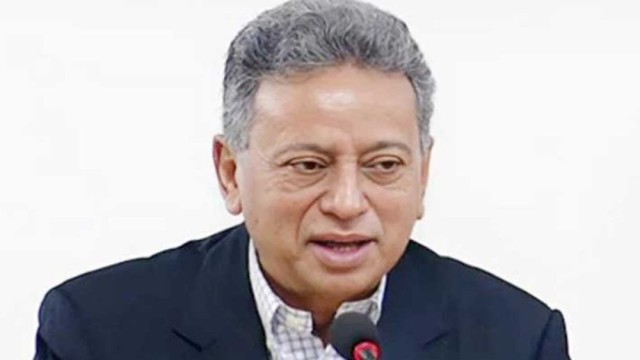


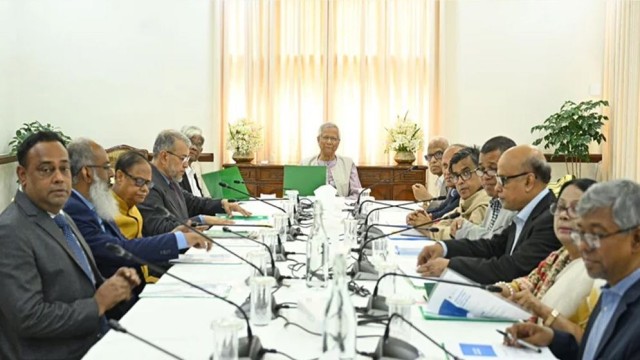


Comment: